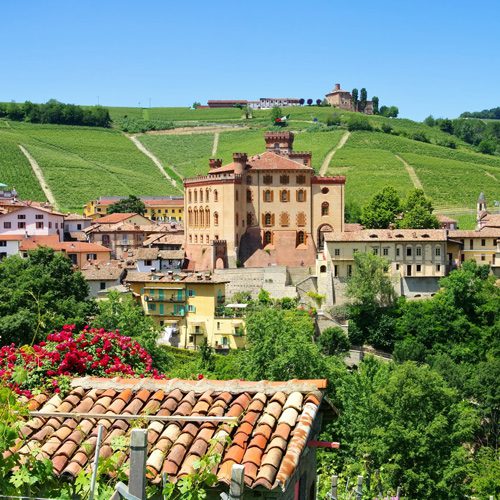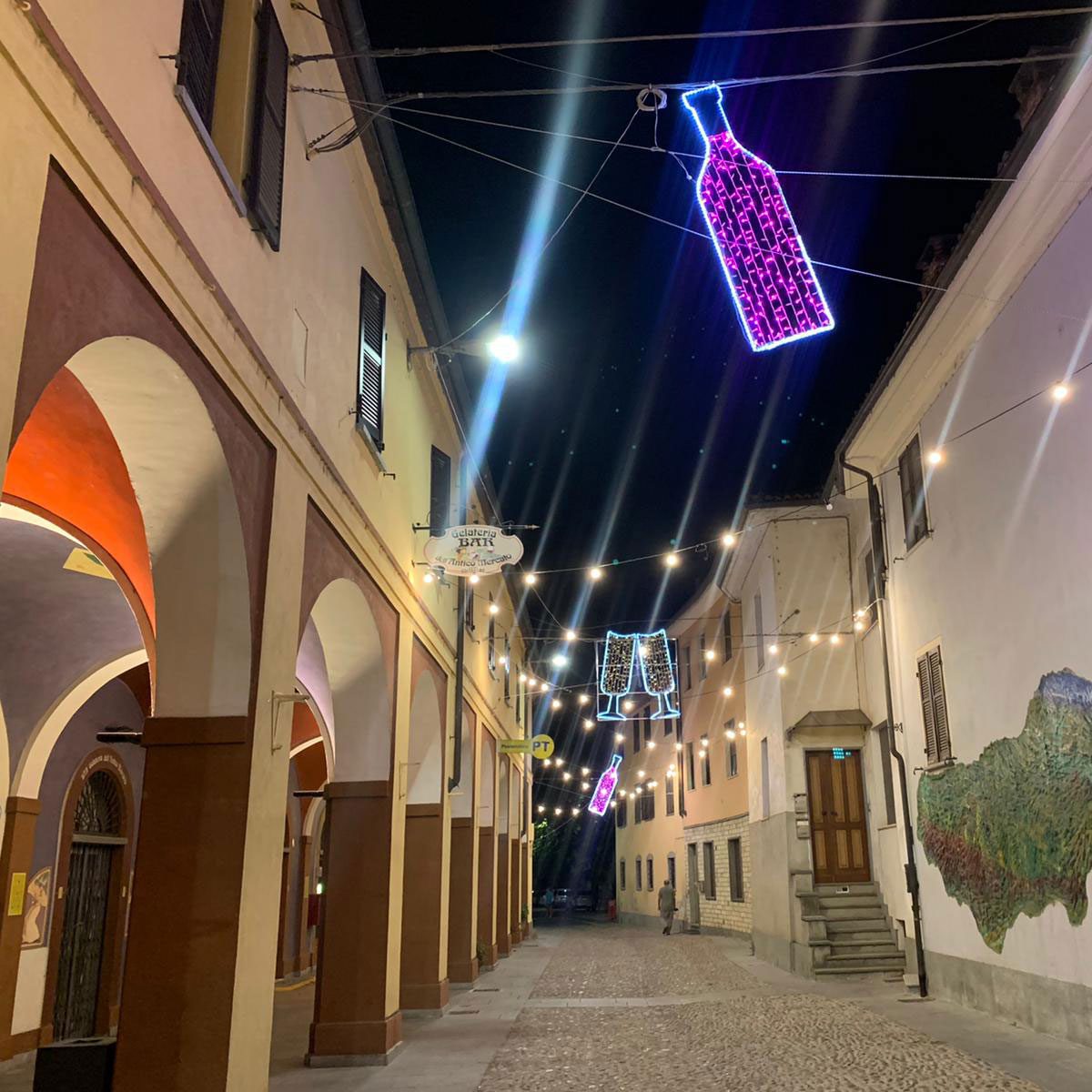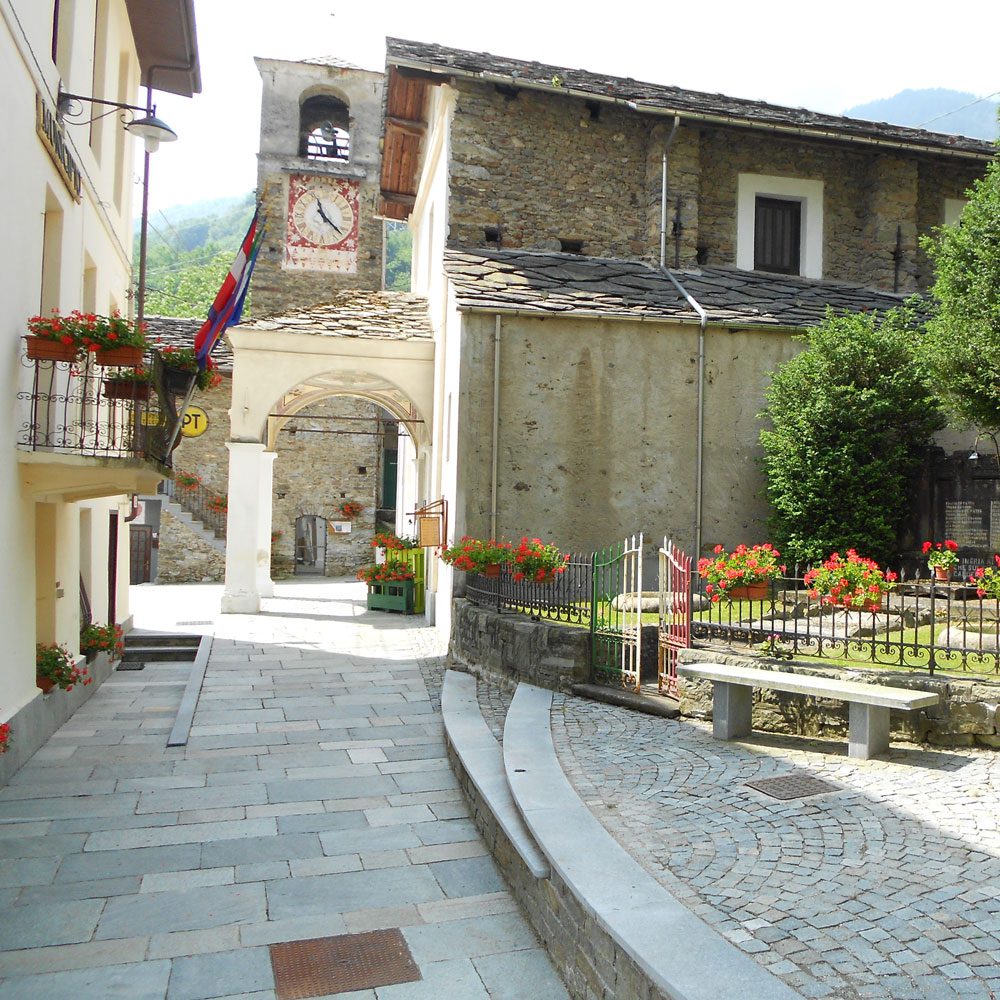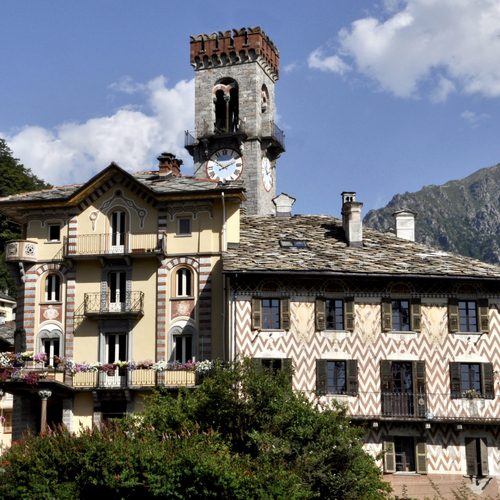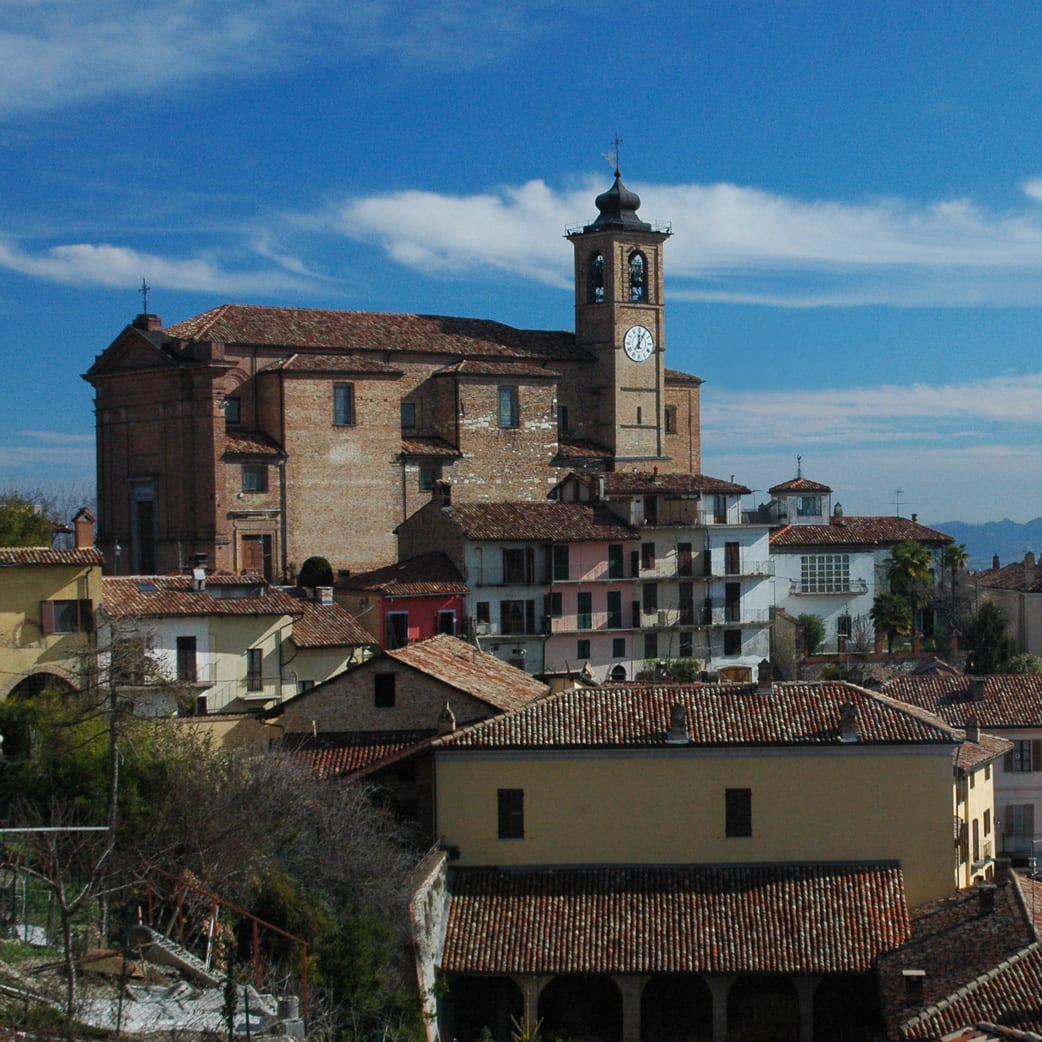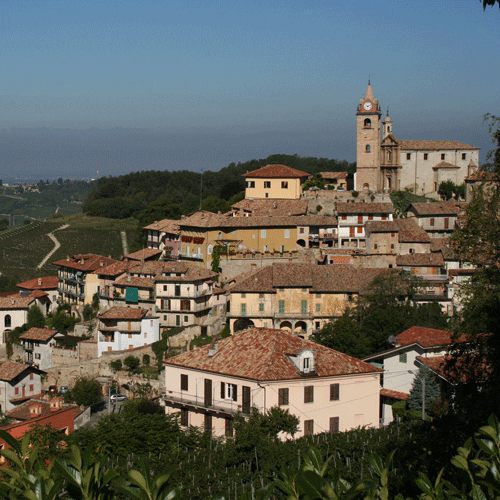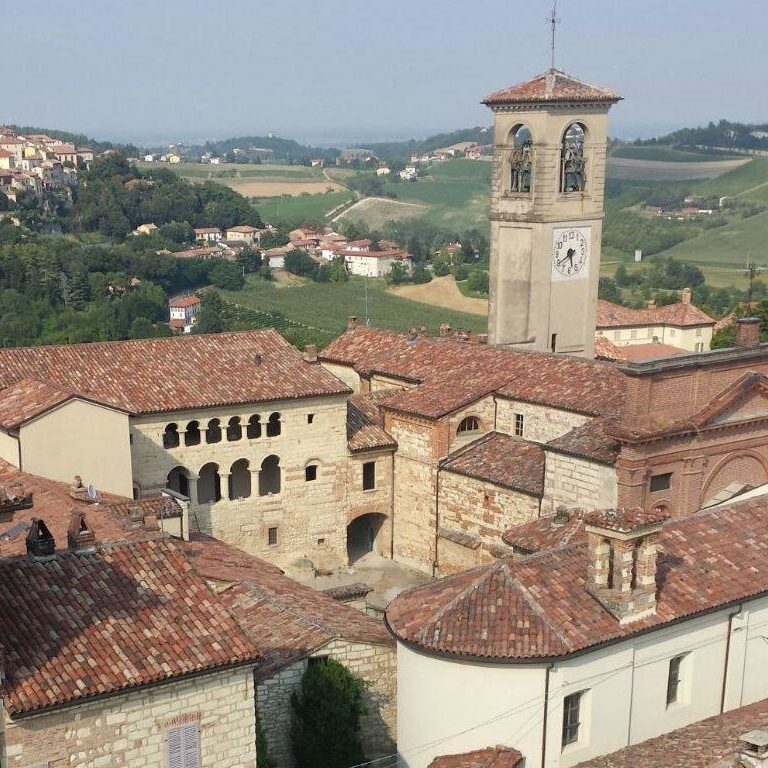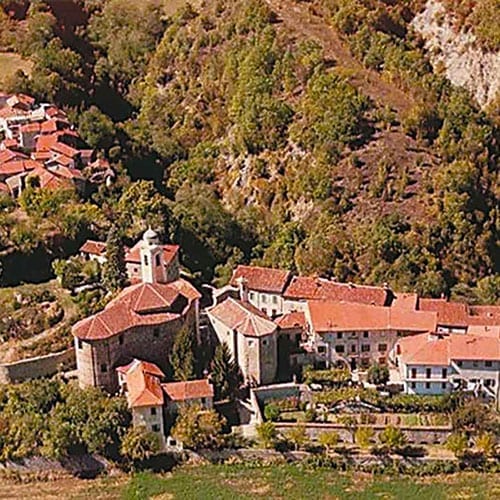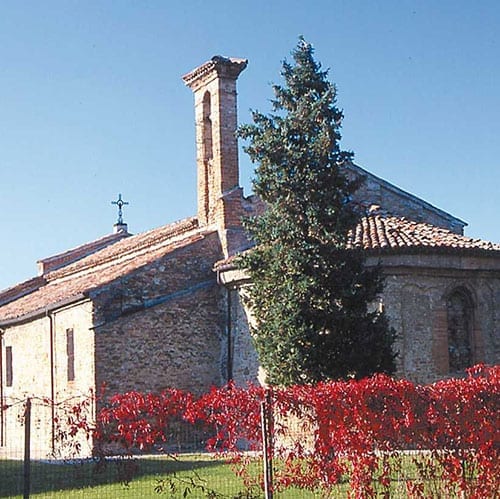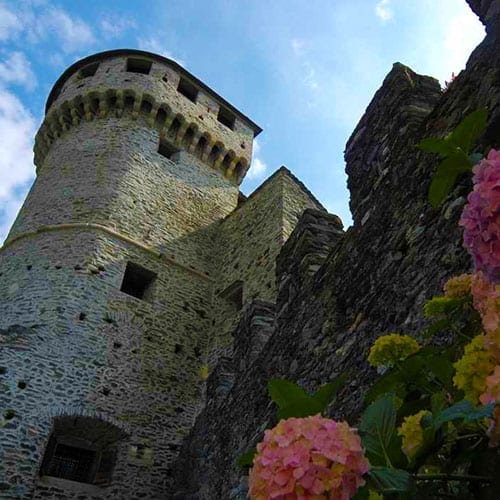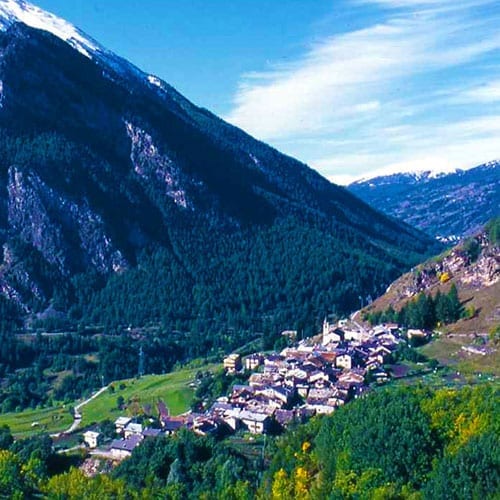 Ricetto di Candelo
Ricetto di Candelo
MUNICIPALITY OF CANDELO
(Biella District)
Altitude
mt. 340 a.s.l.
POPULATION
7299
TOURIST INFORMATION
Pro Loco – Ph. 015 2536728
Town hall – Ph. 015 253118
 The name is probably related to the pre-Celtic origins of this area, but the word Ricetto comes from the Latin word receptum (shelter, refuge) and indicates a fortified place.
The name is probably related to the pre-Celtic origins of this area, but the word Ricetto comes from the Latin word receptum (shelter, refuge) and indicates a fortified place.
The “Ricetto” di Candelo is a popular collective fortification built in the XIV century. It has a surface of 13,000 sqmt and is composed of about 200 small country houses that are very well preserved.
In time of war or danger the fortified village served as a temporary shelter for the whole population , while in time of peace it was used as a warehouse or cellar for the production and the conservation of the wine.
Ricetto is unique on the European scale, thanks to the fact that it has never forgotten its original function as agricultural depot of products and above all grapes, wine and grain. Ricetto’s fortification was built between the 13th century and the 14th century. This is the best preserved fortification in the whole Piedmont region. It was used as a warehouse during the periods of peace and as a shelter during wars. It is 110 meters wide and 120 meters long.
The walls cover the entire perimeter of the Ricetto, with the exception of the southern side, where there is Palazzo Comunale (Town Hall), a neoclassical building built in 1819. The corners of the town plan are protected by four round towers, originally opened to facilitate defense operations. The only entrance to the borgo was in the south side and it was protected by a large tower-gate, in the north side there were three other towers. Passing through the tower-gate, you’ll reach a small square paved with rounded stones from the creek. The largest building is the Palazzo del Principe, built for Sebastiano Ferrero in 1496, when he became the feudal lord. The Rue (the characteristic narrow streets taking their name from the French word rue, meaning “street”) are paved with cobblestones and they are sloping to facilitate the discharge of rainwater. The central main rua was built to facilitate the carts traffic.
Leaving the Ricetto, you will find the Church of Santa Maria near the Roggia Marchesa, the canal used to provide water to the surrounding fields since 1561. The first mention of the church, modified many times, goes back to 1182. It has an attractive Romanesque façade made with river stones. Inside there are columns with beautiful 15th century capitals and 15th century frescoes.
A salami called Salam d l’ula and also the typical Ciavarin, crunchy sweets, are the local delicious products. Do not miss to try the paletta candelese, pork shoulder produced with traditional methods and in limited quantities.
Guarda tutti i video sulla pagina ufficiale Youtube de I Borghi più belli d’Italia.

